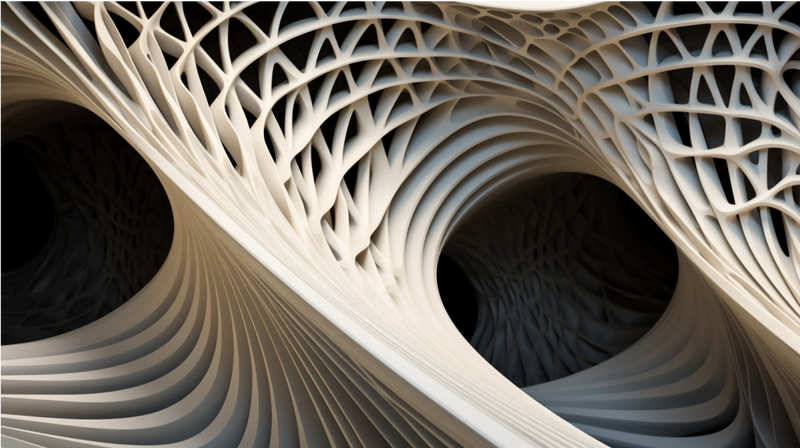Exploring Topological Design: Building with Math
In the boundless world of design and architecture, there's a close connection with mathematics. This evolving relationship is most clearly seen in topological design—an area where mathematical surfaces shape and inspire architectural structures. Topological design, a branch of math that deals with properties of space that stay the same even when stretched or bent, expands into a complex blend, weaving geometric and spatial configurations that create amazing architectural works. This article reveals the fascinating journey of building architectural wonders through the lens and tools of topological surfaces, exploring the give-and-take relationship between real structures and abstract mathematical ideas.
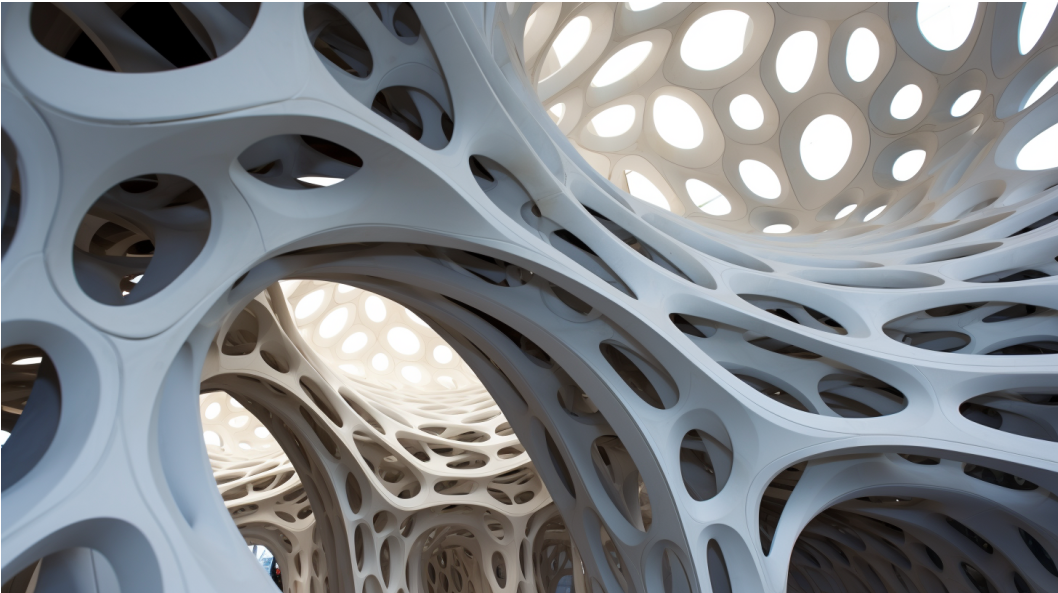
The Real Meets the Abstract
Beneath the physical appearance of buildings lie abstract mathematical ideas that define their essence and beauty. Just as a sculptor molds clay, the architect manipulates spatial coordinates, crafting surfaces and structures through mathematical manipulation. Whether it's the wavy outer wall of the Heydar Aliyev Center or the strong yet seemingly weightless expanse of the Guggenheim Museum Bilbao, the visible and the invisible communicate silently, telling stories of shapes, dimensions, and paths within the framework of physical structures.
A Journey into Mathematical Beauty
Looking into the essence of topological surfaces, we discover a beauty made not just of shapes, but of the fundamental relationships between points, lines, and surfaces. Surfaces can twist, warp, and stretch, creating countless shapes without losing their basic topological properties. Möbius strips, Klein bottles, and other unusual surfaces move into the architectural world, inspiring designers to explore the endless possibilities found in the connection between form and function. Here, every point of a shape has its own story, and every curve tells a narrative that includes both beauty and usefulness.
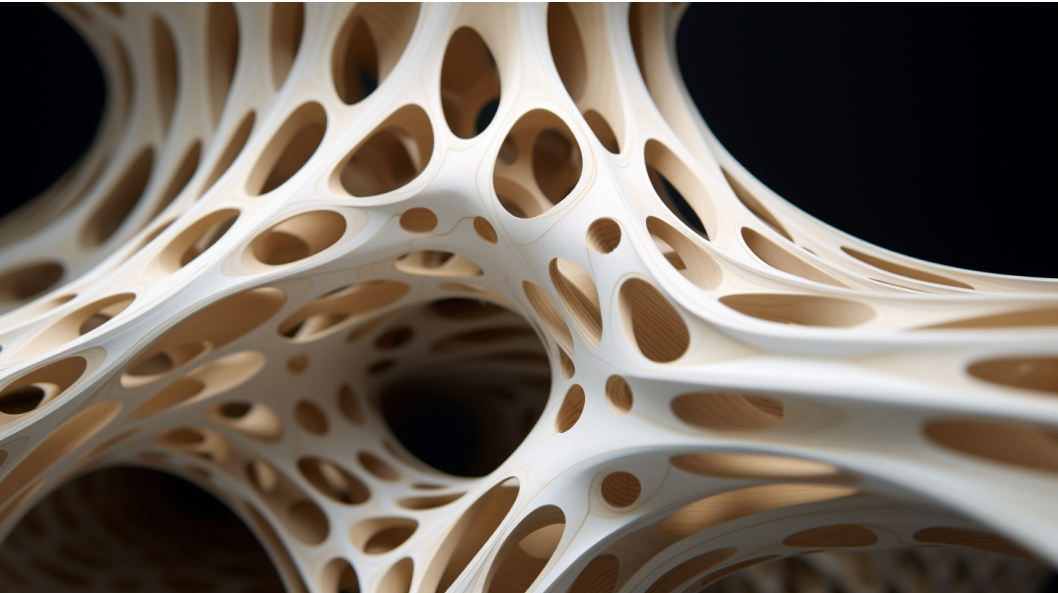
Beyond Traditional Limits
By sculpting architecture through mathematical surfaces, we go beyond the boundaries of traditional design into a realm where structures become artifacts of mathematical curiosity. Topological design has the potential to create spatial configurations that mirror the elegance and complexity of mathematical equations and models. Within these forms, architects and designers carve out spaces that are not only functional but also carry unspoken tales of mathematical endeavors, where every twist, curve, and fold becomes a metaphor for topological complexities.
Where Usefulness Meets Beauty
Topological design encourages architects to navigate the complex paths that connect usefulness and beauty, creating structures that embody a perfect blend of form and function. The adjustments and interactions of mathematical surfaces inform the structural strength, how space is distributed, and the aesthetic appeal of the architectural space. This blending of structural reliability with visual attractiveness ensures that the architecture doesn't just serve its practical purpose but also stands as a testament to the sublime beauty inherent in mathematical forms.
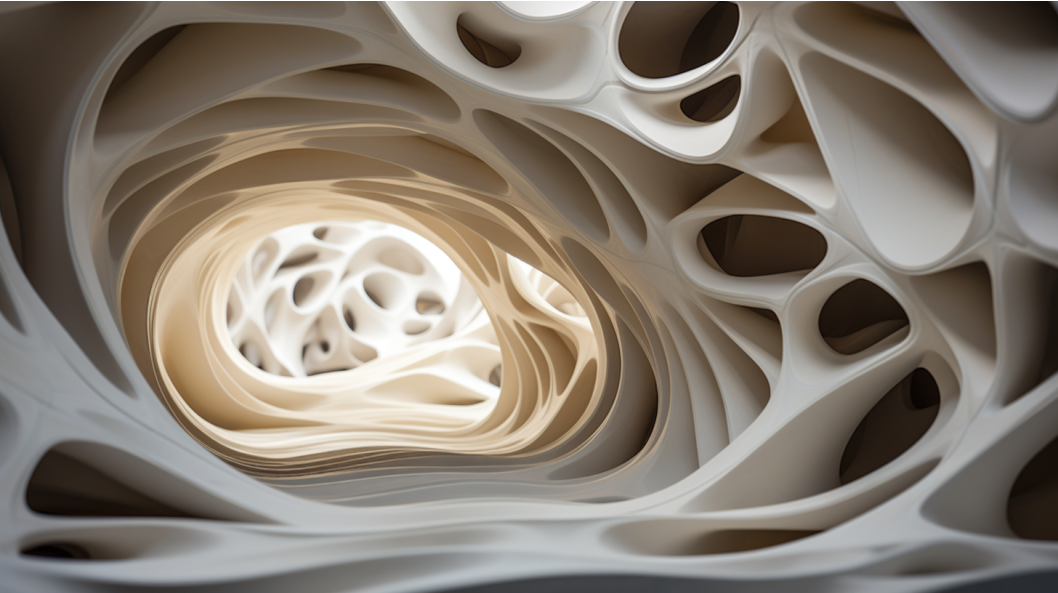
Future Paths in Architectural Design
As we move into the future, the role of topological design in sculpting architecture offers exciting, unexplored potentials and possibilities. Machine learning and computational design provide ways to explore complex mathematical landscapes, discovering and creating topological surfaces in ways previously unimagined. Here, the integration of computer processes with topological theories opens doors to an architectural future where structures reflect the complexities and nuances of mathematical surfaces with increased precision and aesthetic depth.
In exploring topological design through sculpting architectural forms, we embark on a journey where mathematics goes beyond its abstract origins, becoming real in tangible forms that stand as monuments to its inherent beauty and complexity. Through the lens of topological surfaces, architects and designers carve out spaces that echo the profound conversation between the real and the abstract, creating structures that are not just physical objects but resonate with the deep symphony of mathematical narratives. Thus, as we stand at the crossroads of design, mathematics, and technology, we look into a future where the boundaries between the abstract and the tangible disappear, giving birth to architectural wonders that are as much a marvel of design as they are of mathematical exploration.
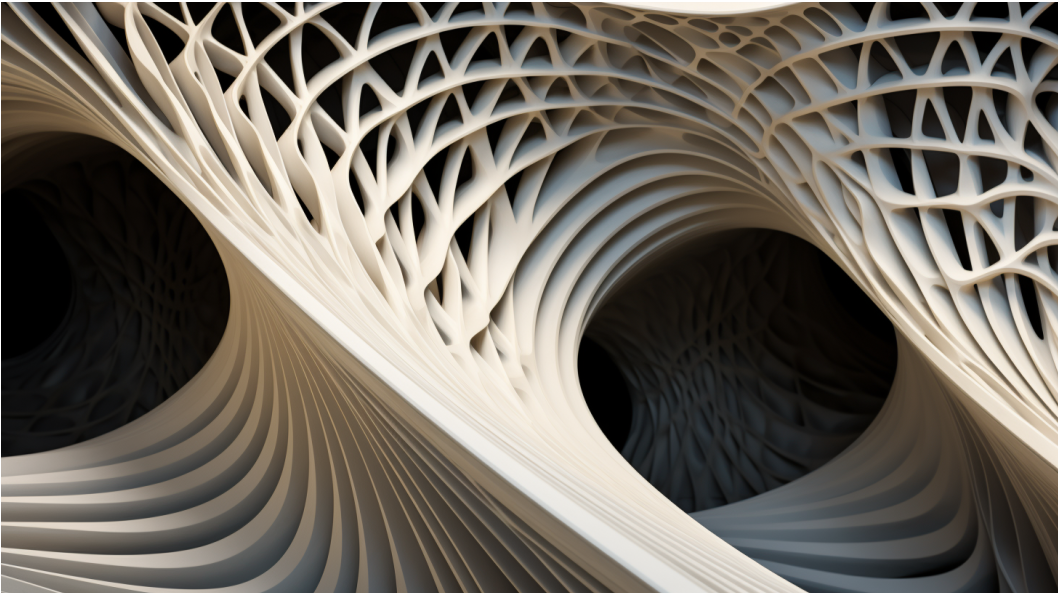
Welcome to planksip® – your go-to media outlet for top-notch content creation. Get content like this for just $200 per week!
